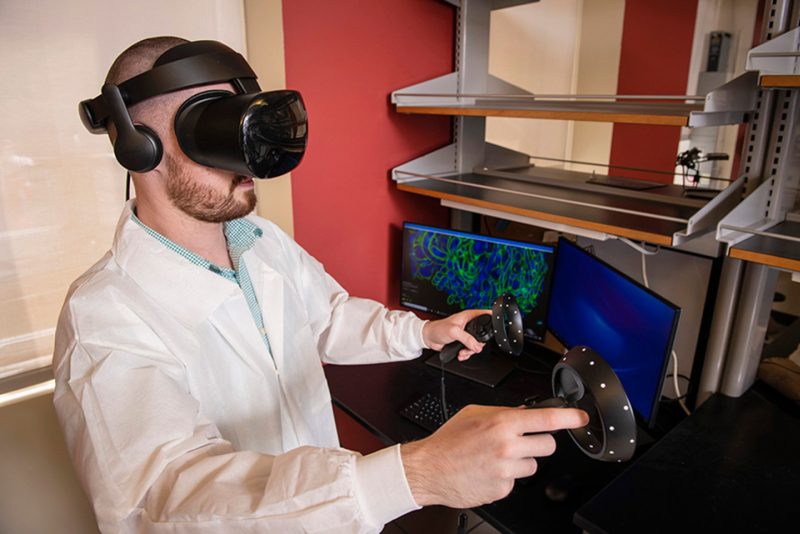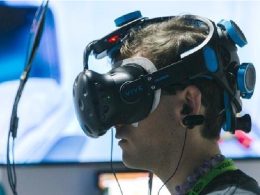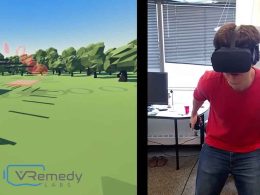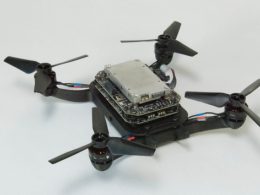Research teams from Carnegie Mellon University and the Benaroya Research Institute at Virginia Mason have developed a nanoscale imaging technique using virtual reality technology. They combine so-called expansion microscopy with virtual reality, enabling them to enlarge, explore and analyse cell structures.
Researchers at Carnegie Mellon University and Virginia Mason are allowing scientists to go "inside" cells with the help of VR. Together with expansion microscopy, any structure can be magnified so that users can look around in detail. This technology goes far beyond the possibilities of conventional light microscopy.
The development of these technologies was funded by the Bill & Melinda Gates Foundation and is intended to accelerate the understanding of infectious and autoimmune diseases. The more we know about cell structures, the better we can make diagnoses and develop prevention and treatment methods.
To apply the new technique, biopsy samples containing cell tissue are taken and chemically converted into water-soluble hydrogels. The tissue is then loosened and expanded by 100 times its volume. The tissue and molecules within the sample can then be labelled, mapped and compiled into a complex data set. However, the data is so large that current technologies are barely able to interpret it. To solve this problem, a combination of expansion microscopy and virtual reality technology was developed.
All scientists have access
The VR technology specially developed for this purpose allows researchers to see the original 2D expansion microscopy images in 3D, giving them a 360-degree view of the tissue. The aim is for the VR tool, called ExMicroVR, to be shared with other researchers on open source platforms so that they too can view new details on diseases and diagnoses. Every scientist should have access to it and be able to further their education. It should even be possible to work collaboratively with up to six people on such VR tissue.
"This is the future of how scientists can deal with complex data. It's an immersive experience. You have the freedom to look at the data from any angle and any location."
Source: mobilegeeks / engadget / Youtube









